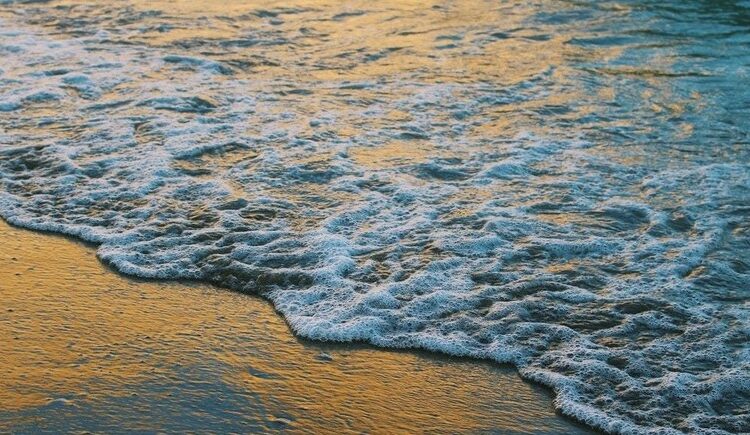The world is gravely off course to meet outflows decrease targets set in the Paris Agreement, as indicated by a new UN report, which undertakings we’re on a way to a 16 percent increment in CO2 emanations by 2030 — a long way from the 45% reduction researchers say is important to stay away from hazardous environment impacts.
Our inability to convey emanation decreases in an ideal manner implies we should now add a new, equal mainstay of environment activity — straightforwardly tidying up the inheritance carbon contamination produced in the course of recent years — in case we are to establish a more secure environment future for individuals and nature.
Doing as such is progressively perceived as goal. The UN’s Intergovernmental Panel on Climate Change (IPCC), with the world’s driving gathering of logical specialists on environment, has expressed with “high certainty” the potential for huge scope carbon dioxide expulsion (CDR) to restrict future warming to the basic 1.5 degree Celsius limit or less — the objective set in the Paris Agreement.
While work has begun the improvement of approaches, most potential pathways are in their outset, in the interim we are simply starting to create and test various methodologies and measure their scope of expected results. Also, until now, the majority of this CDR center has been around land-based methodologies.
It’s an ideal opportunity to direct our concentration toward the other 70% of our planet’s surface — the sea. The sea has cushioned mankind from the most exceedingly terrible impacts of environment disturbance by engrossing around 30% of all anthropogenic CO2 emanations and catching in excess of 90% of the abundance heat brought about by CO2 contamination. Without the sea as a goliath carbon and warmth sink, the effects of our emanations would have delivered the Earth adequately dreadful. In any case, this buffering has come at incredible expenses for the wellbeing and capacity of the sea.
Fortunately the sea might can possibly fundamentally contribute in new ways to diminish the development of carbon contamination that is influencing it so genuinely. Sea put together CDR pathways work with respect to the inherent force of the sea to eliminate and securely store carbon, which it as of now does at extremely enormous scopes. The sea can possibly strongly store carbon at time and mass scales that match the issue. Without a doubt, if all human emanations since the Industrial Revolution that are currently in the climate were moved to the remote ocean, it would just expand seawater carbon content by under 2%.
There are various potential sea CDR pathways — from developing tremendous amounts of marine plants, to eliminating CO2 straightforwardly out of the ocean, to covering it securely underneath the ocean bottom. While these are promising arrangements, every one of them require significantly more examination, advancement and testing to comprehend their latent capacity, scope of effects and advantages, just as opportunities for scaling. This examination should likewise zero in on issues of value, equity and proportionate dangers, with expansive local area input.
A first concern for science is to propel our arrangement and checking of the seas so we can gauge effects and suitability of these expected arrangements. In particular, this implies growing more complete comprehension of how the sea functions at this scale, how it cycles carbon from the surface to profound waters, and how the seas are evolving. With this new ability, we can test the viability and effects of these sea CDR approaches.
How is science moving forward to address this significant difficulty? Sea Visions, a joint effort of exploration establishments and associations dynamic in sea the executives, as of late delivered five advanced innovation guides intended to speed up protected and impartial turn of events and testing of a set-up of sea based CDR advances. The guides give outlines of the innovations, basic hindrances and basic needs to speed up improvement and testing, all dependent on solid science.
Woods Hole Oceanographic Institution, an Ocean Visions part, is investigating better approaches to screen entire sea wellbeing and capacity from the surface to the sea depths progressively. Imagining a sea “web of things,” a smart profound sea naval force of new age sensors and independent vehicles will give a 4D “information block” capacity to catch key sea wellbeing and capacity boundaries.
Many “blue economy” occupations would be made by this science and designing advancement challenge.
The new IPCC report highlights the need to assess sea based CDR approaches and to build up fitting observing and confirmation capacity. This dire test will rely on an uncommon blend of visionary designing and science, predominant maritime capacities, just as extraordinary financing.
Disclaimer: The views, suggestions, and opinions expressed here are the sole responsibility of the experts. No Unique Analyst journalist was involved in the writing and production of this article.

